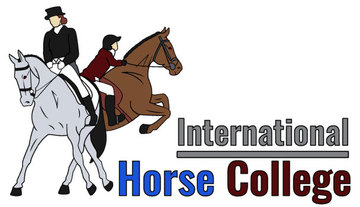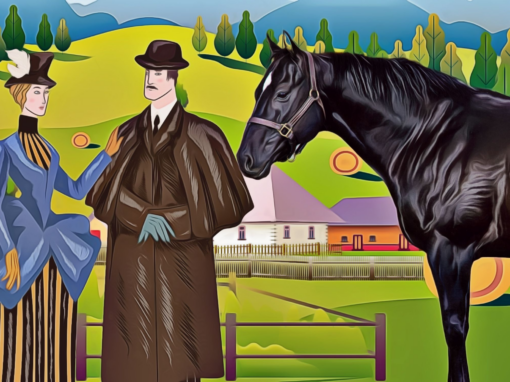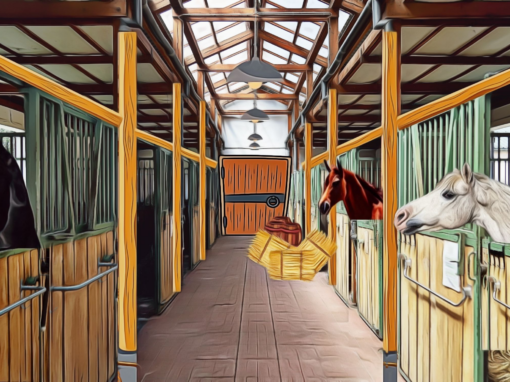The Five Phases of Jumping – Teaching and Improving Your Riding
Teaching and improving your riding during the five phases of a jump requires a systematic approach that focuses on specific aspects of each phase. By breaking it down into manageable groups, you can effectively communicate and implement key techniques with riders of varying experience levels.
1. The Approach: During the approach, emphasize the importance of a forward-going canter, regardless of whether it’s a forward-going trot, bouncy canter, or ground-covering canter. Encourage riders to aim for jumping the jump in the middle and approaching it at a right angle.
2. Takeoff: As the horse approaches the jump, the rider needs to maintain a balanced position and provide clear aids to the horse. The takeoff is crucial for a smooth and confident jump. The rider must focus on looking up to the jump and visualizing the intended path, ensuring they maintain their position and balance.
3. Flight Path: This is the moment when the horse is in the air, flying over the jump. While in the air, the rider must maintain their focus and stay attuned to the horse’s movement. The flight path is a critical moment to adjust and prepare for a safe landing.
4. Landing: As the horse lands, the rider must be ready to absorb the impact by closing the leg and maintaining a secure seat. This phase sets the foundation for the next movement, and the rider must establish the quality of the canter after the landing. Additionally, they must ensure the horse maintains proper bend and flexion to smoothly navigate the next corner or direction.
The takeoff, flight path, and landing phases are interconnected and require a rider’s full attention and coordination with their horse. By mastering these elements, riders can ensure a successful and harmonious jump.
5. The Departure: Similarly, during the landing phase, emphasize closing the leg, establishing the quality of the canter, and ensuring proper bend and flexion for the next corner. This helps riders maintain control and prepare for their next move.
By grouping the phases and implementing three key techniques within each group, riders can develop a clear understanding of their role in each phase. For example, when approaching the jump, riders can focus on their position, balance, and maintaining a steady rhythm. During takeoff, flight, and landing, they can concentrate on their lower body position, upper body alignment, and hand contact with the horse.
As riders progress and become more proficient, these techniques can be further customized to their specific needs and goals. By refining their riding skills through deliberate practice and consistent feedback, they can enhance their overall performance and partnership with their horse.
Remember, teaching and improving your riding during the five phases of a jump is an ongoing process. It requires patience, practice, and a deep understanding of rider biomechanics and horse behavior. With dedication and the right guidance, you can help riders excel in their jumping endeavors and enjoy a more harmonious connection with their equine partners.
So, are you ready to dive into the five phases of the jump and explore how you can enhance your riding skills? Share your experiences and let us know which techniques have helped you the most during each phase of the jump!










